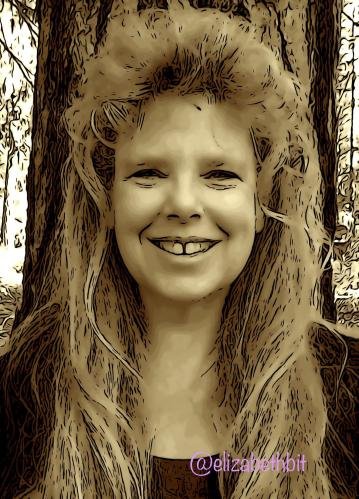Ever wonder…….why leaves go from a lovely green shade to sometimes an even better shade or orange or red?
There are actually several reasons. I asked GROK to explain:
Leaves change color and lose their green due to a combination of biochemical and environmental factors, primarily driven by seasonal changes. Here’s a concise explanation: 1. Chlorophyll Breakdown: The green color in leaves comes from chlorophyll, a pigment essential for photosynthesis. In autumn, as days shorten and temperatures drop, trees prepare for dormancy. Chlorophyll production slows, and existing chlorophyll breaks down, revealing other pigments that were masked by the dominant green.
GROK goes on:
Other Pigments Emerge: • Carotenoids: These pigments, present year-round, produce yellow, orange, and brown hues. They become visible as chlorophyll fades. • Anthocyanins: In some trees, sugars in the leaves trigger the production of anthocyanins, which create red, purple, or blue colors. This is more pronounced in species like maples and in conditions with bright sunlight and cool nights.
And GROK continues:
Environmental Triggers: • Shorter Days: Reduced daylight hours signal trees to stop producing chlorophyll. • Cooler Temperatures: Cold nights accelerate chlorophyll breakdown and enhance anthocyanin production. • Weather Conditions: Dry, sunny days followed by cool nights intensify colors, while early frosts or excessive rain can dull them. 4. Leaf Senescence: As part of the tree’s preparation for winter, nutrients are withdrawn from leaves into the tree’s stems and roots. A layer of cells (abscission layer) forms at the leaf’s base, cutting off water and nutrient supply, causing the leaf to die and fall, further exposing the color change. In summary, the loss of green is due to chlorophyll degradation, unmasking carotenoids and anthocyanins, driven by shorter days, cooler temperatures, and the tree’s natural dormancy process.
It’s really pretty amazing how God wires nature! So many colors and hues of every color imaginable!
So then I asked why some years are more colorful others. This is what GROK had to say:
It depends on the weather-clear, sunny days and cool nights around fifty degrees boost sugar production for vivid reds and purples, while warm or wet spells can make colors duller. Windy, dry conditions strip leaves off early, cutting the show short. Soil nutrients, like phosphorus, also play a part; nutrient-rich soils often mean brighter hues. If autumn drags on without frost, you get a longer, more vibrant display.
I really love the super colorful fall season. Sometimes though here where I live, things don’t line up for that to happen and our season looks like mustard yellow and some leaves just turn grey and then black and then just blow away on the wind. That’s so disappointing when it happens. I’m not quite sure just yet what kind of fall we’re going to have this year. I’m suspecting the duller variety. I hope I’m wrong!
That’s it for this Friday. Tomorrow is Caturday so don’t forget to celebrate your furry feline friends!
Take care and enjoy the rest of your day wherever you are! 🙏🌏🙏
👣🐑☕️🍁🍂🍄🟫🌻😎👍😁🎃🌙🥱😴
NKJV Luke 12:31
But seek the kingdom of God, and all these things shall be added to you.
This report was published via Actifit app (Android | iOS). Check out the original version here on actifit.io



Picture taken by me and altered by cliptocomic app
@elizabethbit is a member of ladiesofsgs4eva a sweet group of lady stackers of SGH



 mitimages.com/640x0/https://media.discordapp.net/attachments/634264835957456898/907470139988009000/IMG_4841.jpg?width=359&height=499
mitimages.com/640x0/https://media.discordapp.net/attachments/634264835957456898/907470139988009000/IMG_4841.jpg?width=359&height=499






